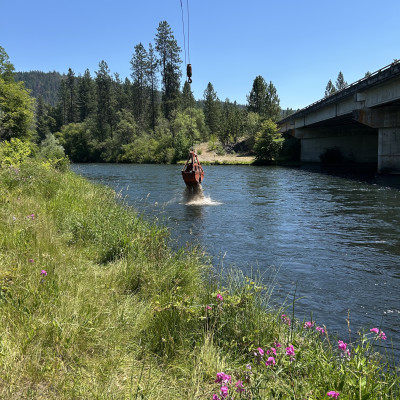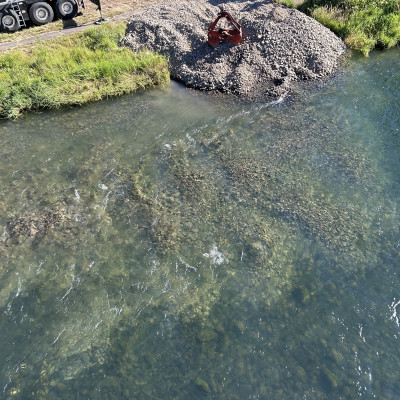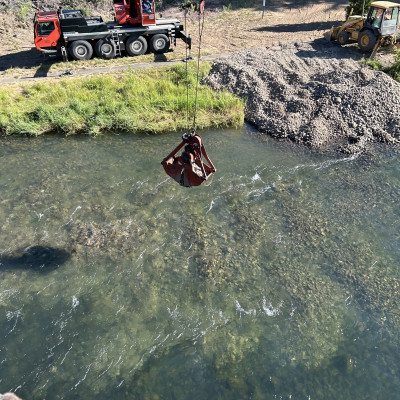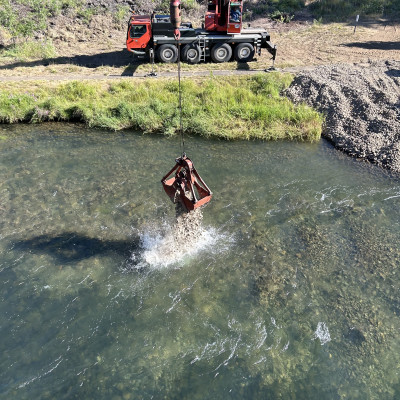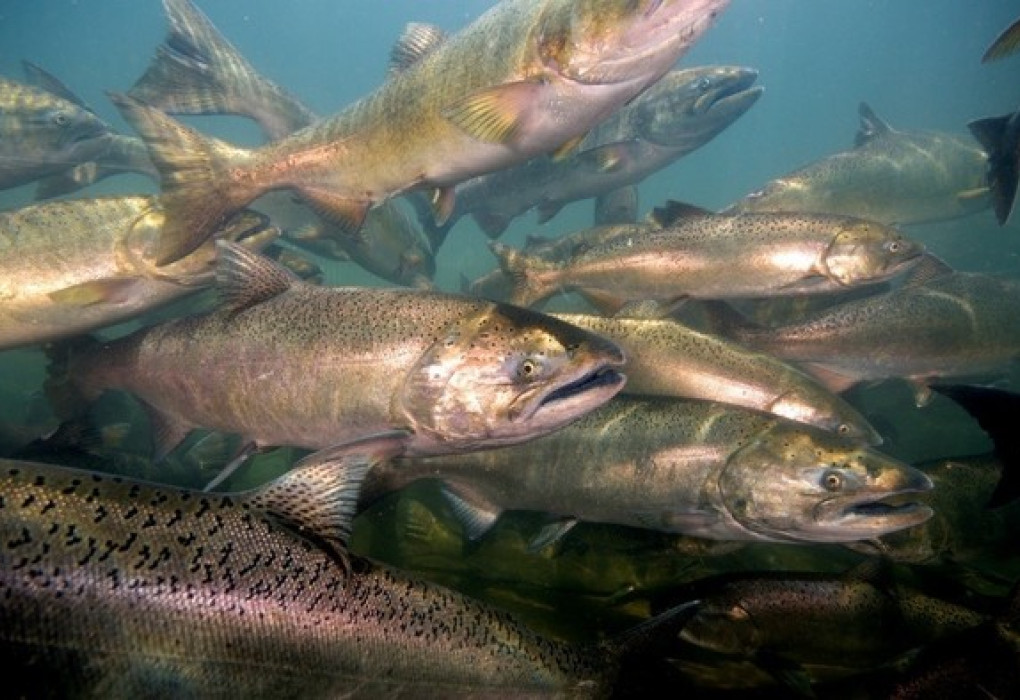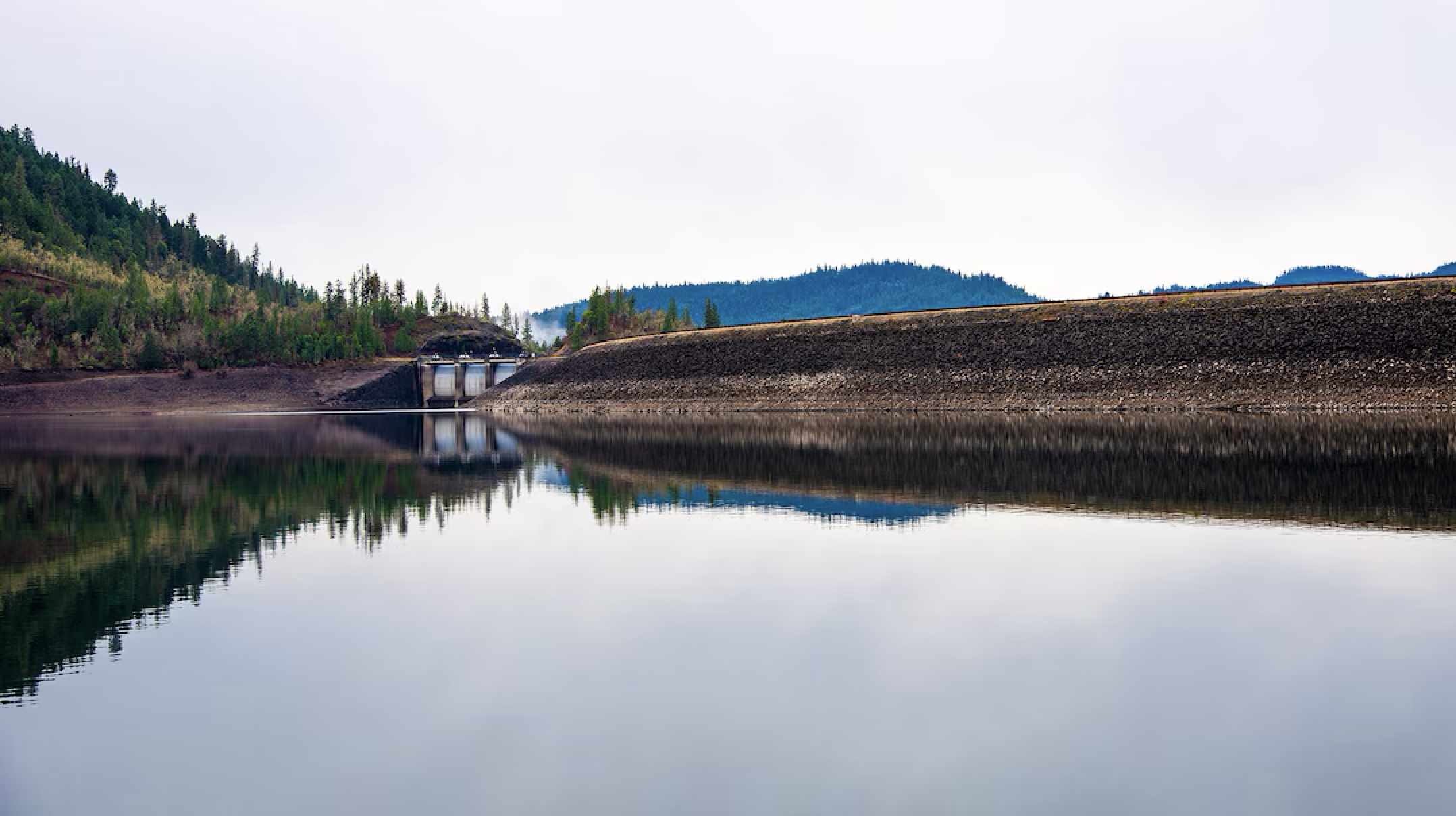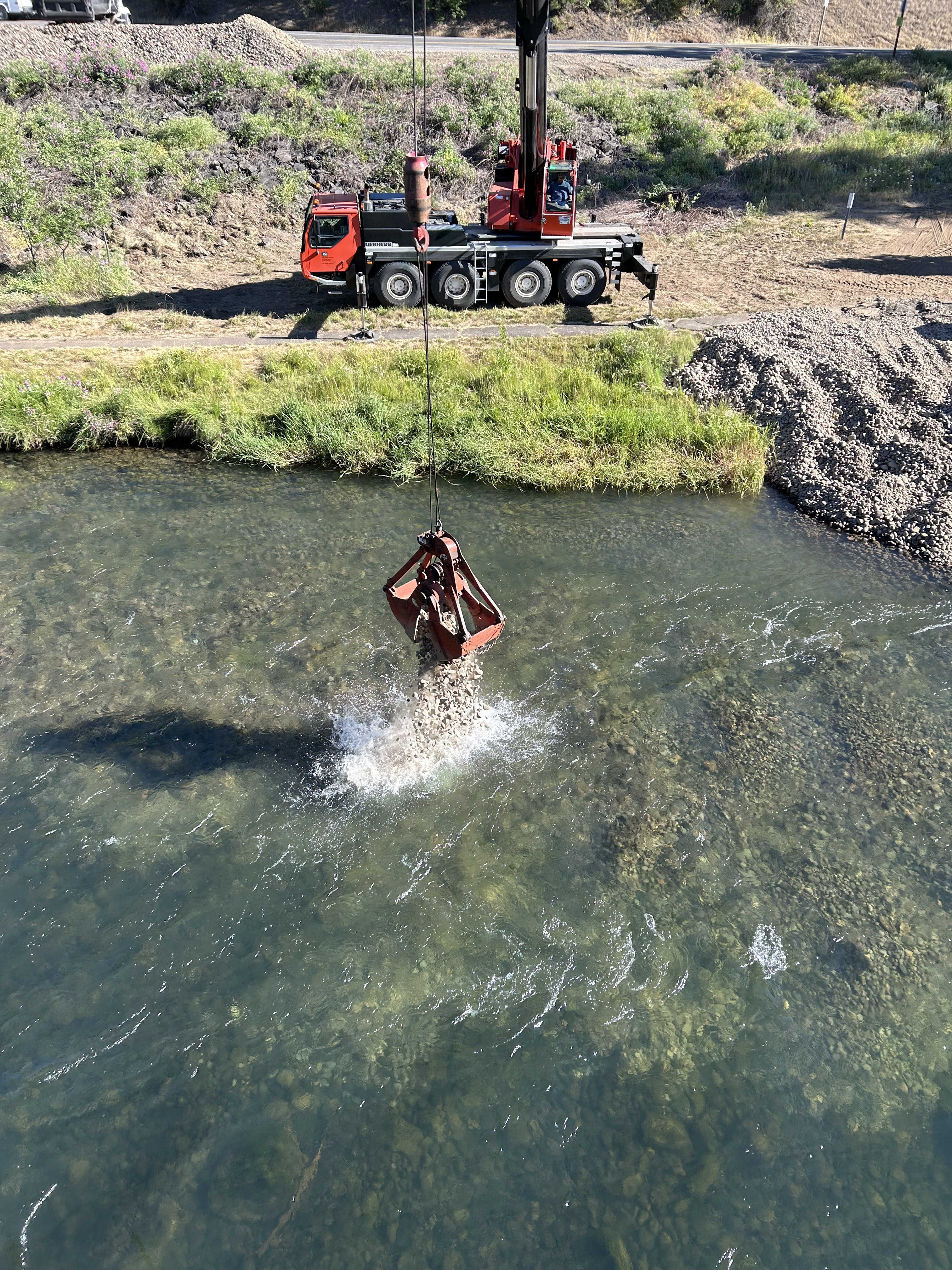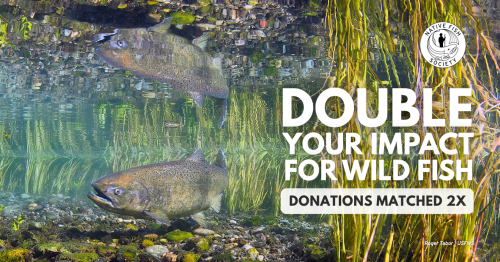
Protecting and Restoring Rogue Spring Chinook

A History of the Rogue’s Iconic Spring Chinook
Spring Chinook salmon, often lovingly referred to as "springers", are one of the iconic wild salmon runs in the Rogue River. Historically prized by anglers for their size, fat content, and early migration, these fish hold deep ecological, cultural, and economic importance. Over many decades, human actions - especially dam construction - have drastically altered the populations, life histories, and habitats of spring Chinook.
Before the construction of William L. Jess Dam (Jess Dam) at Lost Creek on the Rogue, spring Chinook were abundant, with annual returns averaging around 28,000 wild adults. These fish had access to cold, upstream spawning and rearing habitat. They migrated early in the year, used upstream reaches in late spring and early summer, held in cold pools throughout the summer, and spawned earlier than fall Chinook.
When Jess Dam was built without fish passage, it blocked off approximately 30% of critical spring Chinook spawning habitat. Following dam construction - particularly through the 1980s and 1990s - spring Chinook populations fell dramatically. By the early 2000s, annual returns had dropped to an average of around only 5,100 wild fish.
Conservation Efforts Over The Years
In 2007, the Oregon Fish and Wildlife Commission adopted a Rogue Spring Chinook Conservation Plan to help improve conditions for the struggling wild salmon that had seriously declined over the previous two decades. When the Conservation Plan was developed, NFS’s Rogue River Steward Peter Tronquet served on the Advisory Committee convened by the Oregon Department of Fish and Wildlife (ODFW). The committee included public and private stakeholders who met to provide input on the plan’s key components.
In 2018, ODFW released a Comprehensive Assessment and Update of the plan that included input from Native Fish Society, members, and stakeholders.
In 2024, Native Fish Society, in collaboration with the Center for Biological Diversity, Umpqua Watersheds and Pacific Rivers, petitioned the National Marine Fisheries Service (NMFS) to list spring Chinook under the Endangered Species Act. NFS and our allies have received a stipulated settlement to release the decision by NMFS by November 3, 2025.
The continued conservation efforts today - through restoration, petitions, and advocacy - highlight just how deeply the Rogue River has been impacted by this dam. As we await this important decision, restoration projects continue to play a vital role in improving habitat conditions for wild fish. Should a positive ESA-listing decision be made this November, we can continue working with the state and stakeholders to address the root causes of decline. Though, regardless of the listing outcome, rest assured Native Fish Society will continue finding ways to advocate for these fish and the rivers they depend on.
Current Restoration Efforts: Gravel Placement on the Upper Rogue
While advocacy and legal protections are essential, habitat restoration on the ground is just as critical for recovery.
For nearly 50 years, natural gravel movement on the upper Rogue River was blocked by Jess Dam, limiting spawning areas for wild Chinook and winter steelhead. This past July, a groundbreaking effort by the Oregon Department of Fish and Wildlife (ODFW), in partnership with the U.S. Army Corps of Engineers (USACE), brought gravel back to the river for the first time - kicking off a project that shows how innovative restoration work can make an immediate difference for native fish.
“This is the beginning of a long-term gravel restoration project on the upper Rogue River,"
said Pete Samarin, Assistant District Biologist with ODFW. "After almost 50 years of gravel transport being blocked by Jess Dam, ODFW and the USACE consider putting this gravel into the river an immediate success, and hope to build off lessons learned for future placement. It is expected that the gravel placed will provide immediate spawning habitat, but some may be washed downstream. Future gravel placement will be guided by a “gravel placement tool”, developed by USGS Cooperative Research Unit with the assistance of ODFW and other partners. This “tool” will assist with selecting sites to place gravel to be transported downstream in order to re-supply downstream reaches or to stay in place to provide immediate spawning gravel for wild spring Chinook and winter steelhead.”
At Native Fish Society, we are looking forward to visiting the gravel site this fall to observe how the habitat is being used and which species are benefiting. We’d also like to applaud ODFW’s efforts to restore spawning habitat for native fish. This is a vital step in supporting healthy, resilient river ecosystems.
This project marks an important milestone in restoring the Rogue River and reviving the wild fish that depend on it. Projects like this truly embody Native Fish Society’s mission to restore healthy, free-flowing rivers and abundant wild fish across the Pacific Northwest. We are excited to follow its progress and share updates along the way - stay tuned!
Check out some photos below from NFS Southern Oregon Coordinator Charles Gehr during his site visit on the Rogue in July:
